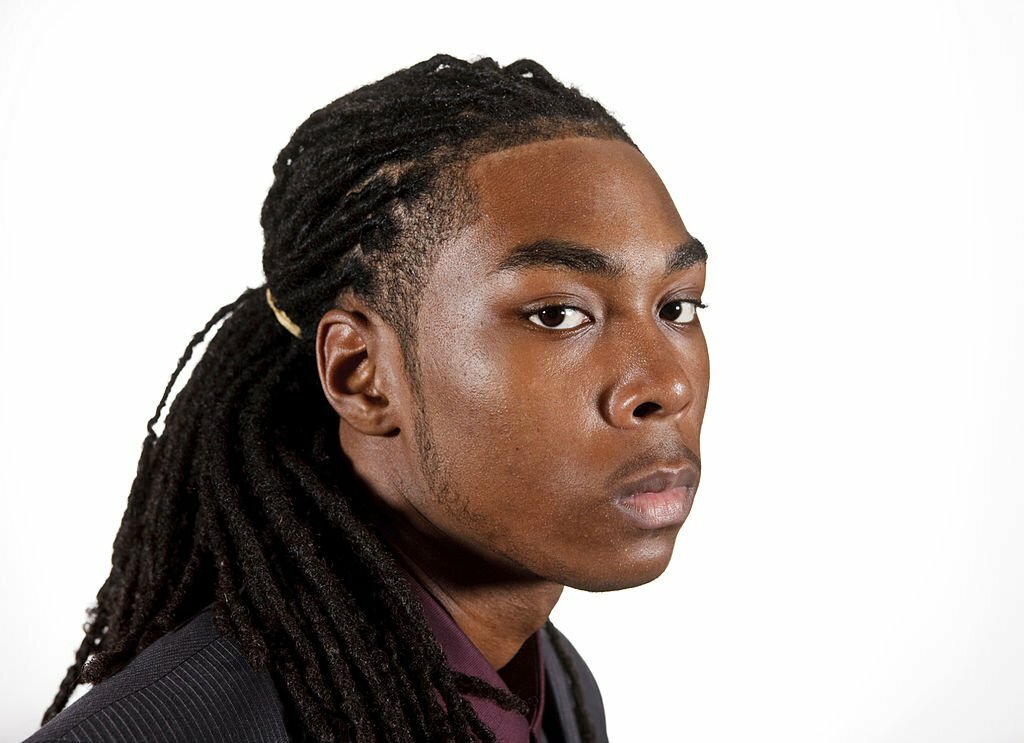Bad hair days are no less than a nightmare.
Choosing the suitable hairstyles will make you slay on bad hair days. Well braids or dreads can be your go-to styling options.
But aren’t these two the same?
Like many others, you may find them similar, especially when dreads are breaded.
However, dreads and braids aren’t the same and have significant differences. Let’s look at what these are and which things set them apart.
Before starting with dreads and braids, visit Dreadlocks Wigs if you are looking for dreadlocks extensions.
Dreads vs Braids – What Sets Them Apart
Dreads and braids, despite having similar appearance, have some fundamental differences. Let’s have a look at the nuisance between them.
What It Is
Dreads are the hair strands that are locked over time. These ropes of hair naturally form when locked or weave hair meshes together while growing.
Braids are the structure after you intervene in three or more hair strands together to form a complex structure. Usually, hair strands intervene in an overlapping zigzag pattern.
Historical Significance
Dreads have their historical significance as they are related to African culture. Anthropologists discovered a mummy with dreadlocks or art featuring humans with dreadlocks.
Similarly, the origin of braids can be traced back to 3500 BC. Later, braids appear in various world cultures as versatile hairstyles.
Appearance
Dreads and braids have a similar appearance. Dreads appear as cylindrical rope-like structures and have a rough, matted texture. There are different types of dreadlocks you can choose from.
The braids have a flatter appearance with distinctive patterns. These are more structured and woven to create distinct divisions. You can choose between Dutch braid, French braid, fishtail braid, box braid, and more.
Formation
Another critical difference between dreads and braids is the method of formation.
For dread formation, several methods are suitable. The process involves locking hair strands and matting them.
From neglect method and backcombing to crochet and twister method, different techniques help to create perfect dreads. Over time, these strands tangle and bind to form perfect rope-like hair strands.
Braid formation is relatively simple. It requires partitioning hair and weaving it alternately until you reach the end.
You can use various weaving techniques to create braids with distinct patterns and styles. Common braid types are fish braids, French braids, fishtail braids, Dutch braids, box braids, etc.
Styling Diversity
Styling needs for dreads and braids also vary greatly.
Regarding dreads, styling options are limited due to the matt and locked texture. In contrast, braids offer great styling diversity as you can create different braid styles easily.
You can create different styles and patterns with braids, which is not possible with dreads. Moreover, you can use various hair accessories on braids to add interest.
Hair Length Requirements
Dreadlocks form over time, so you don’t necessarily need a good hair length. You can go for dreads if you have enough hair to hold and twist. This makes dread suitable for short hair as well.
In the case of braids, more hair length is always better. If you turn them into braids, a few inches of hair strands is a must.
Maintenance
Another critical difference between dreads and braids is their routine maintenance.
Dreads stay for a longer time, and that’s why they require regular maintenance to keep. Residue-free shampoos and hair waxes help to improve overall hygiene.
In contrast, you can open your braid from time to time. Due to their short duration, braids may require little or no maintenance.
Washing Care
You must regularly wash the dreads every 1-2 weeks to keep them clean. However, braids usually stay shorter, so you can wash your hair more frequently.
Drying
Dreadlocks, due to their thickness, require more time to dry. In comparison, you can easily open the braids, which reduces hair volume and results in quick drying.
Retightening
While having dreads, you may need to retighten them occasionally as they might lose their grip. But in the case of braids, you can redo them.
Time Required
The time required for dreadlock and braid formation significantly varies depending on an individual’s hair requirement, condition and maintenance, and more.
Creating dreadlocks may require quite a longer time. The typical time for dreadlock formation varies from weeks to months, depending on your hair texture. Once in place, dreadlocks may require a long time to fix.
In comparison, you need less than 30 minutes to braid all your hair, depending on your length. The braids are set up immediately and require minimal effort.
Longevity
Dreads last way longer than the braids. You can keep them in place for months or years, which are relatively complex.
However, braids are simple to undo, and you can return to your regular hair within a few minutes.
That’s all about the key differences between dreads and braids. Both of them need proper care and maintenance otherwise you end up seeing signs of locs damage.
Dreads or Braids – Which Is Better?
Both dreads and braids have their pros and cons. Despite being suitable for curly, straight and wavy hairstyles, both have specific creation and maintenance requirements.
Dreads can be perfect if you want a permanent hairstyle. However, braids can be your best bet if you prefer a quick hairstyle without putting in little effort and energy.
The differences between both hairstyles are evident. But choosing one style over another is solely a matter of personal preference.
No matter which style you choose, be mindful that you need to take care of both and style them differently correctly.
So keep styling, keep slaying!
FAQs
What is the Difference Between Dreads and Locs?
Dreads or dreadlocks are also known as locks or locs.
What is the Difference Between Dreads and Cornrows?
Cornrows are a temporary braided hairstyle, just like braids, and you can undo them. In contrast, dreads or dreadlocks are permanent.
Will my Braids Turn into Dreads?
Yes, your braids can turn into dreads only if you want them to. Braided patterns can form, but it may take several months to disappear and turn into locks.



